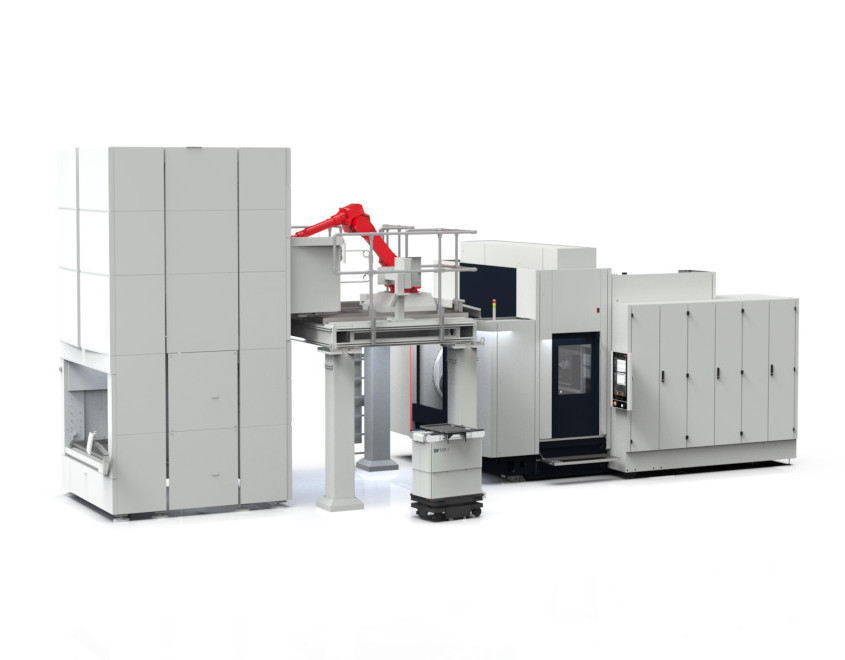
Manufacturing employers are facing a jobs crisis. This comes as the US Census Bureau reported that a lack of skilled labor will cause around 2.1 million manufacturing jobs to go unfilled by 2030. While many training programs and partnerships to attract new talent are in place throughout the country, interest in
these positions is not keeping pace in the current social media influencer era.
As the demographics in America shift and technology accelerates, the traditional reliance on human capital in manufacturing needs to be reevaluated. Automation may be the disruptive force that U.S. manufacturers need.
Will automation replace skilled workers?
Automation is meant to enhance human capability, not replace humans. If a production environment is struggling to find skilled workers, implementing the right CNC machines to automate repetitive and labor-intensive tasks allows current employees to focus on higher-value activities. These activities may include design refinement, process optimization, and strategic decision-making to name a few.
Automation in manufacturing creates a strong environment that not only enhances productivity but also encourages a culture of innovation and continuous improvement. It is less a threat to skilled workers when automation makes the plant environment run smoother and fill any gaps from an understaffed workforce.
Additionally, it has been noted in numerous case studies that automation creates a more scalable manufacturing solution that can meet changing demands and supply chain issues. Automation solutions, like those at SW North America, optimize automation to ensure reproducible results and a transparent data flow for complete traceability of all process steps, which tends to result in reduced quality costs.
Challenges in automating a plant
If a manufacturing facility does not currently use automation, it can be difficult to know where to start. There are many people that only focus on the challenges in adopting automation and not on the potential upside, but it is important to be informed. There are certain barriers to entry in automation, including:
- initial investment costs,
- integration complexities, and
- workforce reskilling requirements.
However, these are short-term issues and the cost of not automating is far worse for today’s manufacturers. The right partners will work alongside those in the manufacturing plant to produce the right automation machines and systems needed and teach workers how to best use the technology.
Automation creates better corporate citizens
Long-term workforce benefits that many manufacturer’s experience, according to SW North America, include enhancing operational efficiency and a safer work environment by reducing the risk of human error and common occupational hazards.
Moreover, automation helps the manufacturing industry achieve the sustainability metrics that all good corporate citizens are striving to meet in today’s environment. By optimizing resource utilization, minimizing waste generation, and curbing energy consumption, manufacturing plants that are using automated machines are helping build a greener and more environmentally conscious future.
The U.S. Energy Information Administration shows that manufacturing and production environments account for more than 50 percent of the world’s energy usage, and as the push to reduce this statistic becomes more pronounced, the positives of automation can extend far beyond the factory floor.
A monumental transformation in the U.S. manufacturing industry and it will likely continue on for the next few decades. Automating highly-technical environments where skilled labor is scarce, like medical devices, firearms, and electric vehicles, gives the manufacturing industry as a whole a new hope for the future.
For more on automation, visit: https://sw-machines.com/us/products/automation/
